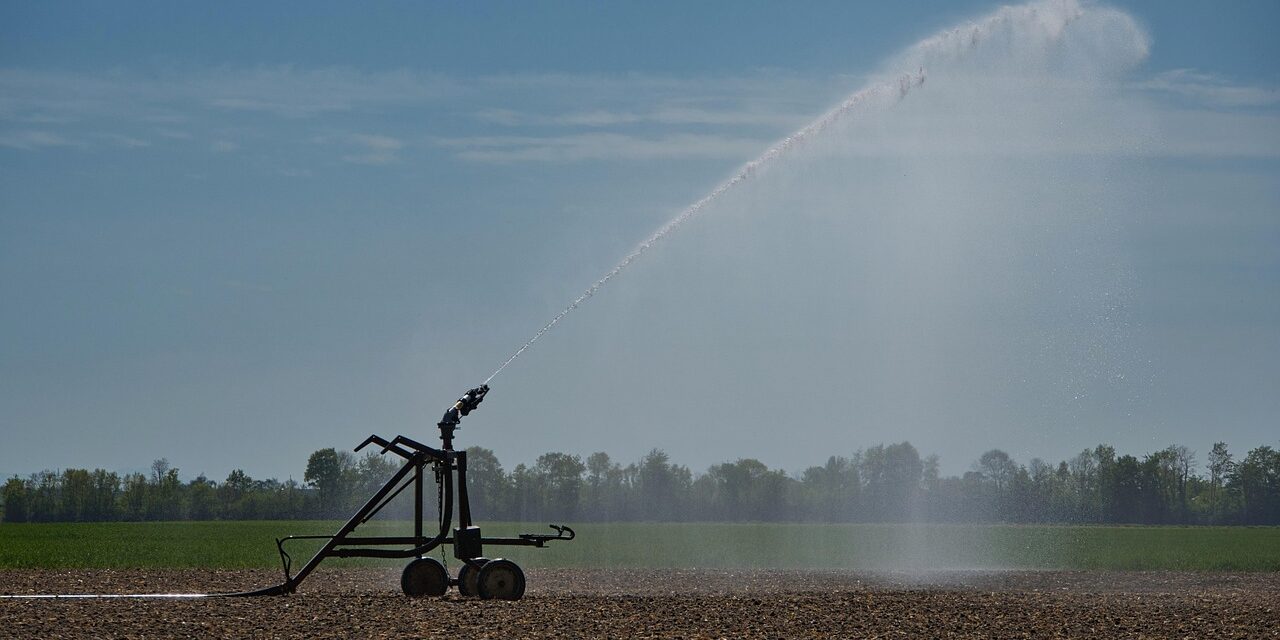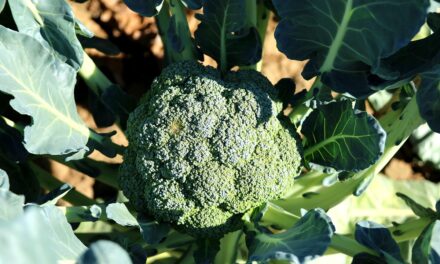Water-efficient irrigation techniques and Interstate and International Cooperation explained
Interstate and International Cooperation, Water-efficient irrigation techniques, and more…
The Great Salt Lake: A Vital Ecosystem Facing a Critical Challenge
Executive Summary:
The Great Salt Lake, a vital ecosystem and economic asset for Utah, is facing a severe decline in water levels. This shrinkage poses significant challenges for the region’s wildlife, economy, and public health. Addressing this issue requires a collaborative effort involving government agencies, businesses, and communities.
The Impacts of a Shrinking Lake:
A smaller Great Salt Lake has far-reaching consequences, including:
- Threatened Wildlife: Numerous species of birds, fish, and other animals rely on the lake for food, breeding grounds, and shelter. Shrinking water levels disrupt these ecosystems and jeopardize their survival.
- Air Quality Concerns: As the lake recedes, exposed lakebed dust becomes airborne, creating respiratory health risks and reducing air quality.
- Economic Impacts: The tourism industry, recreation, and salt harvesting operations all rely on a healthy lake, which is threatened by shrinking water levels.
Causes of the Decline:
The shrinking Great Salt Lake is a complex issue, driven by a combination of factors:
- Increased Water Use: Growing populations and agricultural demands have led to increased water diversions from the lake’s tributaries.
- Climate Change: A changing climate is altering precipitation patterns, resulting in less snowpack in the mountains that feed the lake.
- Evaporation: High temperatures and dry conditions contribute to increased evaporation, further shrinking the lake’s water volume.
A Collaborative Solution:
Addressing the Great Salt Lake’s decline requires a multifaceted approach that involves:
- Water Conservation: Implementing water-saving measures in homes, businesses, and agriculture.
- Increased Water Flows: Finding ways to ensure adequate water flows into the lake from its tributaries.
- Protecting the Lakebed: Preventing further dust emissions and restoring the exposed lakebed.
The Great Salt Lake is a critical resource for Utah, and its fate depends on the commitment and cooperation of all stakeholders.
The Great Salt Lake: A Thirsty Story of Water, Wildlife, and Challenges
TL;DR: The Great Salt Lake is facing a shrinking problem. Climate change, overuse of water, and less snow are making the lake smaller. This hurts wildlife, the economy, and our air quality. But there are ways to help! We can conserve water, use smarter irrigation, and work together to solve this.
A Lake in Trouble
The Great Salt Lake is a giant, salty lake in the middle of Utah. It’s a unique and vital ecosystem, a home to many birds, fish, and other animals. But the Great Salt Lake is shrinking, and that’s a big problem.
Imagine a giant bathtub that’s slowly draining. That’s what’s happening to the Great Salt Lake. It’s losing water faster than it’s getting water, and the water level is dropping.
Why is the Great Salt Lake Shrinking?
There are many reasons for this shrinking bathtub:
- Climate Change: A warming climate is causing less snow in the mountains, which means less water flows into the lake.
- Water Use: We use a lot of water for farming, drinking, and other needs. This means less water makes it to the lake.
- Drought: Periods of very dry weather, called droughts, can make the water shortage even worse.
The Impacts of a Shrinking Lake
A smaller Great Salt Lake has serious consequences:
- Wildlife: Many animals depend on the lake for food and shelter. As the water level drops, their homes disappear, and some species could even disappear.
- Economy: The Great Salt Lake supports important industries like tourism and salt mining. A shrinking lake could hurt these businesses.
- Air Quality: The lake helps clean the air by trapping dust and pollutants. A smaller lake means less air cleaning, which can affect our health.
A Thirsty Future: What Can We Do?
There’s still hope for the Great Salt Lake! Here are some ways we can help:
- Water Conservation: We can all save water by taking shorter showers, fixing leaky faucets, and watering our lawns less.
- Water-Efficient Irrigation: Farmers can use smarter watering techniques to use less water. Active Climate Rescue Initiative is researching and implementing new technologies to improve water usage efficiency.
- Interstate Cooperation: The Great Salt Lake’s water comes from many different states. We need to work together to manage the water supply.
- Policy Measures: Governments can create laws and programs to protect the Great Salt Lake and encourage water conservation.
Saving the Great Salt Lake: A Collaborative Effort
The future of the Great Salt Lake depends on all of us. By conserving water, supporting water-efficient technologies, and working together with our neighbors, we can help keep this vital ecosystem alive.
The Great Salt Lake needs our help. Let’s work together to protect this unique and beautiful natural treasure.
More on Water-efficient irrigation techniques…
- ## Water-efficient irrigation techniques:
- water-efficient irrigation
- irrigation optimization
- water conservation irrigation
- smart irrigation systems
- drip irrigation
- micro-irrigation
- subsurface irrigation
- sprinkler system efficiency
- water-saving irrigation techniques
- irrigation scheduling software
- irrigation controller
- water-wise landscaping
- drought-tolerant plants
- water audit for irrigation
- irrigation efficiency audit
- reducing water usage in irrigation
- sustainable irrigation practices
- irrigation technology
- water management in agriculture
- water-efficient irrigation for lawns
- water-efficient irrigation for gardens
- water-efficient irrigation for farms
- water-efficient irrigation for golf courses
- water-efficient irrigation for public parks
- irrigation solutions for water scarcity
- best irrigation practices
- irrigation design for water conservation
- ## Interstate and International Cooperation:
- interstate cooperation
- international cooperation
- cross-border cooperation
- transboundary cooperation
- regional cooperation
- global cooperation
- intergovernmental collaboration
- diplomacy
- foreign relations
- multilateral agreements
- international organizations
- intergovernmental organizations
- treaties
- conventions
- partnerships
- joint ventures
- collaboration in development
- sustainable development cooperation
- environmental cooperation
- climate change cooperation
- water resource management cooperation
- trade agreements
- security cooperation
- human rights cooperation
- economic cooperation
- scientific cooperation
- cultural cooperation
- educational cooperation
- technology transfer
- knowledge sharing
- capacity building
- conflict resolution
- peacebuilding
- humanitarian aid
- development assistance
- sustainable development goals (SDGs)
- United Nations (UN)
- World Bank
- International Monetary Fund (IMF)
- World Trade Organization (WTO)
- European Union (EU)
- Association of Southeast Asian Nations (ASEAN)
- African Union (AU)
- North American Free Trade Agreement (NAFTA)
- Commonwealth of Nations











